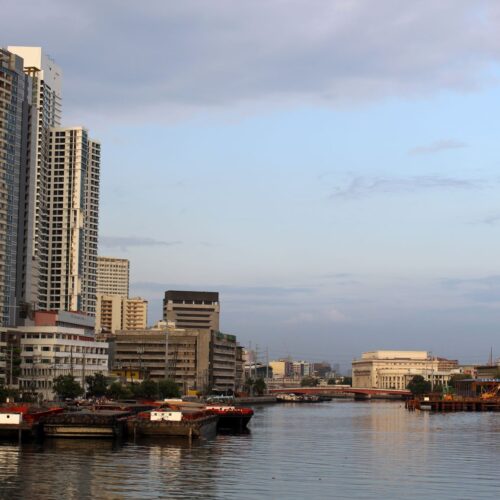What We Do
Key Resources
View all tools and resources
Technical Note/Tool
Conjunto de herramientas del Índice de Capacidad de Residuos Sólidos para Gobiernos Locales (SCIL)
March 28, 2024
Fact Sheet
Clean Cities, Blue Ocean Philippines Fact Sheet
January 30, 2024
Fact Sheet
Clean Cities, Blue Ocean Maldives Fact Sheet
January 30, 2024
Fact Sheet
Clean Cities, Blue Ocean Pacific Islands Fact Sheet
January 30, 2024
Case Study
Women in Waste’s Economic Empowerment Activity: Empowering Women to Reduce Ocean Plastics
November 13, 2023
Case Study
Advancing Climate Change Mitigation Goals Through Improved Solid Waste Management
October 12, 2023
Report
Green Cities Overview
September 28, 2023
Project Report
Ethnographic Research on Solid Waste Management in Samana Province, Dominican Republic
July 3, 2023
Report
Save Our Seas Initiative Annual Report 2022-2023
June 21, 2023
Case Study
Building Local Government Capacity for Improved Solid Waste Management Systems
March 1, 2023
Sign up for the Ocean Plastics newsletter
Subscribe

